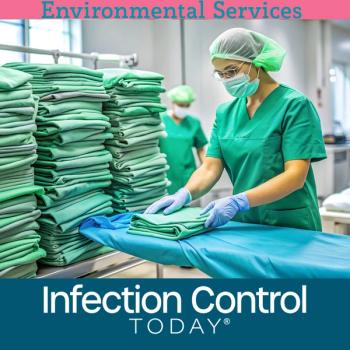
Cost Containment By Healthcare Facilities Lowers Revenue Margins For Antimicrobial Devices
SAN JOSE, Calif. -- With the introduction of prospective payment system (PPS), a new reimbursement method, healthcare facilities in the United States are focusing on cost containment, demanding inexpensive, multi-functional devices. This is affecting purchases of relatively expensive antimicrobial devices.
New analysis from Frost & Sullivan, U.S. Antimicrobial Devices Markets, reveals that this market generated revenues worth $137.8 million in 2002 and is likely to reach $513.9 million in 2009. The analysis includes silver dressings, non-silver dressings, antimicrobial central venous catheters and antimicrobial urological catheters.
"As PPS is based on payment per diem and different from the earlier 'cost plus' system, healthcare facilities are forced to reduce expenditure to remain profitable, leading to intense price competition and decline in revenue margins," says Frost & Sullivan industry analyst Shalini Singh.
Vendors are facing inconsistent revenue flows as demand for unit shipments fluctuate due to the introduction of new competing products, changes in the macro-environment and variations in product usage patterns.
"Smaller companies will be affected by this market trend, unable to focus on product line expansion and other business strategies as majority of their resources are devoted to cushion these uncertainties," adds Singh.
The market is dominated by large companies with broad business/product portfolio, posing high entry barriers. Sales opportunities for small manufacturers will be limited as competition prevails in securing contracts with healthcare facilities and hospitals.
Increasing familiarity with the usage of different antimicrobial devices will boost the market acceptance of new products, breaking the entry barriers and dominance of a few companies. Long-term marketing alliances between manufacturers and distributors are expected to mitigate these challenges.
Lack of a special reimbursement category under the Food and Drug Administration, insurance reimbursement only for least-expensive devices, and reduction in healthcare financing initiated by the Balanced Budget Act of 1997 are also posing significant challenges to manufacturers.
Under these circumstances, vendors should focus on extending product offerings, application of technology to other therapeutic areas, conducting clinical trials, and educating end users with cost-benefit analysis. This will ensure market growth and minimize threats from competing technologies.
Source: Frost & Sullivan
Newsletter
Stay prepared and protected with Infection Control Today's newsletter, delivering essential updates, best practices, and expert insights for infection preventionists.





